In recent days, military skirmishes between the countries of India and Pakistan have taken place in Kashmir. While we can only hope that the conflict is settled peacefully without further victims, we won’t focus on the political and military aspects of current affairs. Instead, let’s look at the history of the Kashmir Conflict and find its roots.
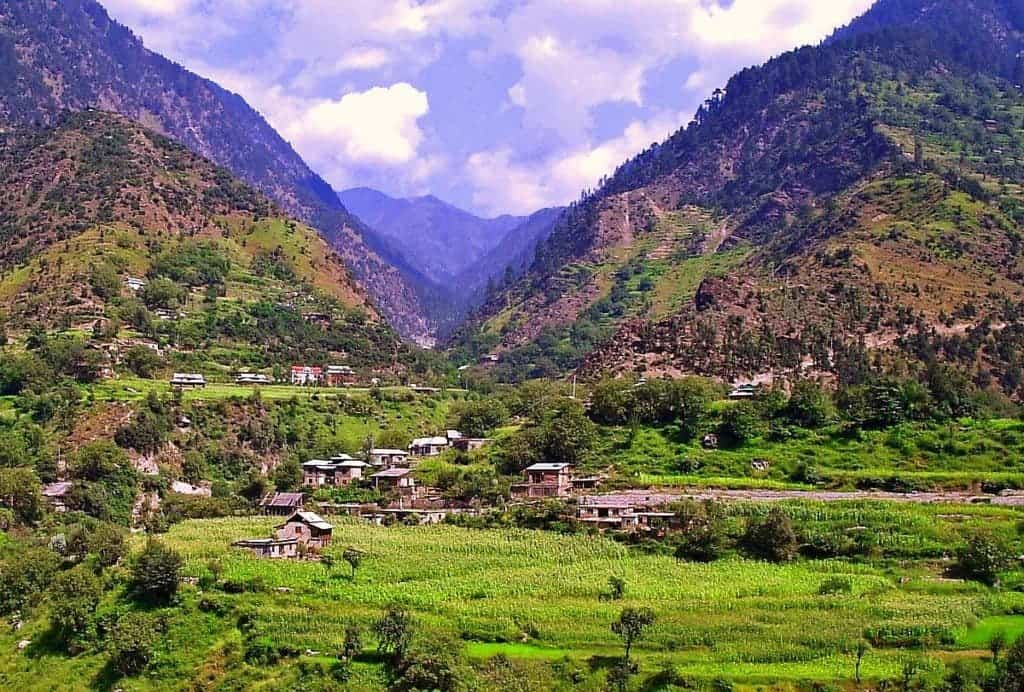
The short story
The Kashmir Conflict, like many other modern disputes, can be traced down to the British Empire — that tends to happen whe you rule half the world with an iron fist. The English fought tooth and nail to maintain control of India, but it ultimately became clear that they had to give it up. So in 1947, they agreed to give India its independence.
The British India was split into two countries: India, which had a Hindu majority, and Pakistan, which had a Muslim majority. Bangladesh was also a part of Pakistan until 1971 when after a short but intense war, it also obtained its independence.
These splits caused millions of people to move from one area to another. However, it remained unclear to which country Kashmir, an area high in the Himalaya Mountains, belonged to. Violent fighting erupted, and both India and Pakistan sent soldiers to occupy the area. Each managed to forcefully claim around 40% of Kashmir, with China controlling the rest (China has also, at times, played a minor role in the conflict).
The United Nation has called for elections in the area, but elections never happened — so both countries currently lay full claim to Kashmir. Troops on the “border” regularly fire volleys at each other, engaged conflict is quite common, and to top it all off, there are several insurgent groups which call for independence.
Pakistan also supports some of these insurgents and even supported terrorist acts deep in India. Most notably, a 1998 four-day killing spree left more than 160 people dead. The direct cause of the current violence is a suicide bombing by a young Islamic militant, who blew up a convoy of trucks carrying paramilitary forces, which was the deadliest attack in the region in 30 years. However, the entire story is much more complex.
Early Kashmir — History and religion
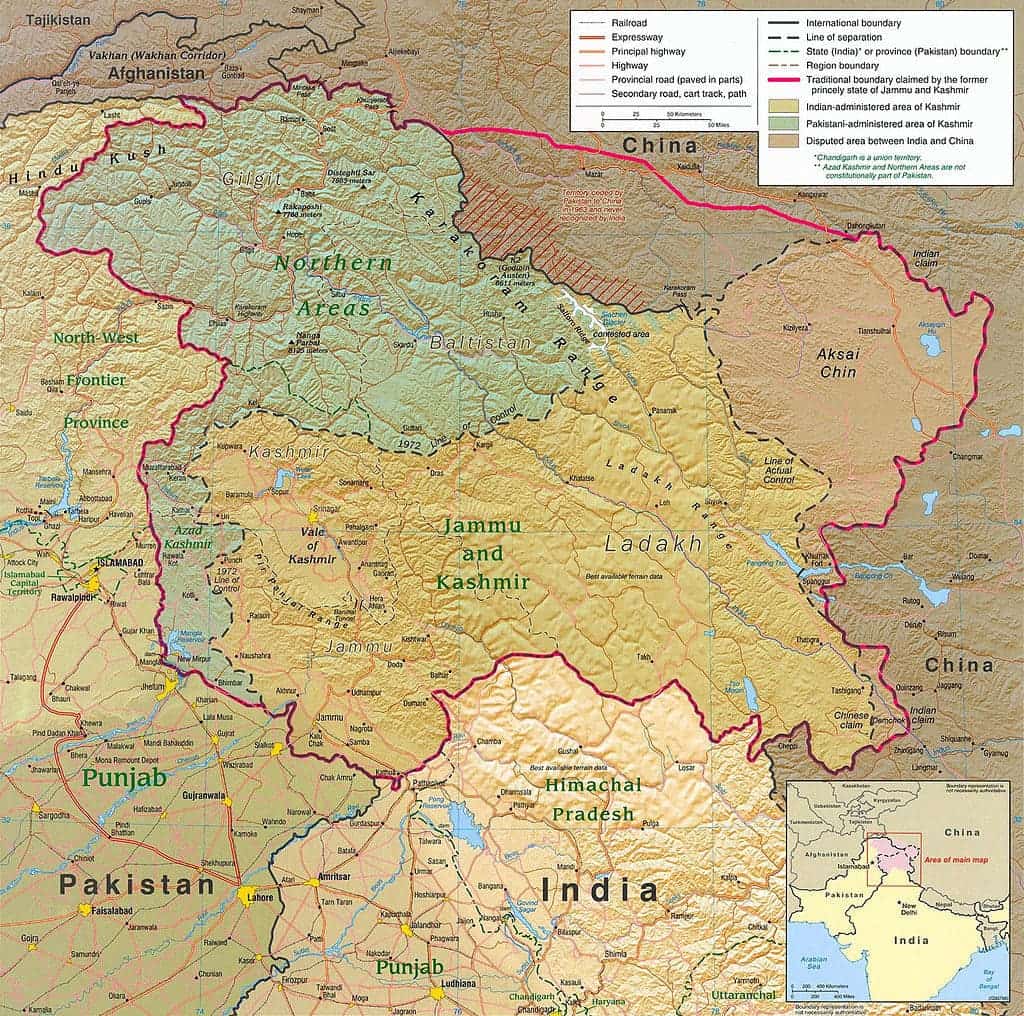
Kashmir is the northernmost geographical region of the Indian subcontinent. It has been inhabited for thousands of years, with the earliest Neolithic sites in the flood plains of Kashmir valley being dated to 3000 BCE. The history of Kashmir is intertwined with the history of the Indian subcontinent, and for all its roughness and lack of accessibility, it has traditionally played an important role in central and southern Asia.
For the first part of the first millennium CE, Kashmir was an important religious center — first for Hinduism, and then for Buddhism. As Buddhism became more and more prevalent, Kashmir grew in importance, becoming a place where different strands of Buddhism can coexist in peace. However, by 1339, the region was firmly under Muslim control and was notably under the control of the famous Mughal Empire, which ruled most of today’s India for centuries.
After four centuries of Muslim rule, Kashmir fell under the control of the Sikhs. While the Sikhs were tough rulers, they allowed Muslims to exert some religious freedom, and the isolation of Kashmir, in particular, allowed the previous religion to survive.
The Sikhs were in control of Kashmere until 1845, when England enters the scene. England’s East India Company starts a war with the Sikh Empire, which it wins one year later, establishing the “Princely State of Kashmir and Jammu” — and this is where the first causes of the Kashmir Conflict start to take root.
British Rule and independence
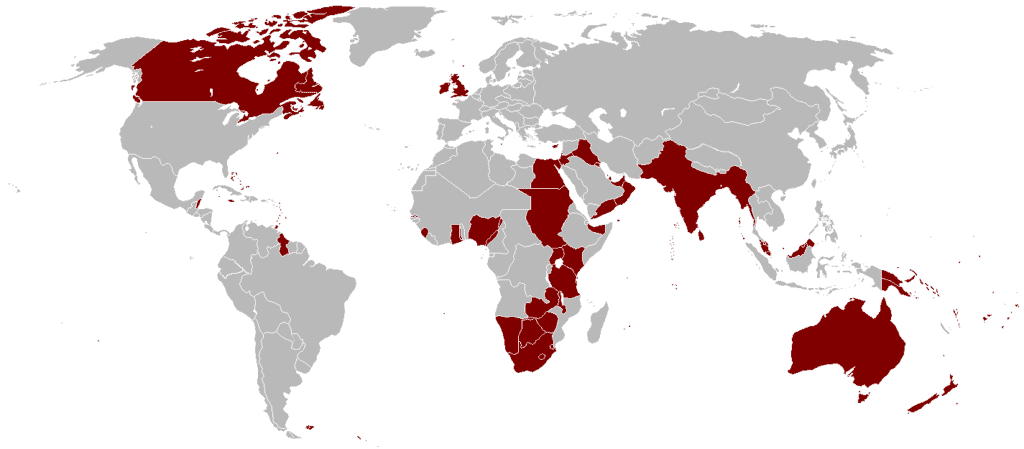
The “Princely State” included several populations of different ethnicities and different religions. The area included a vast Muslim peasantry, but the elite was largely Hindu. The Muslim population was often subjected to forced labor and unfair taxation. The end result was a severely segregated society, with an impoverished Muslim majority and a rich Hindu minority.
The British did not care all that much of previous ethnic and political arrangements in the area. They were more interested in controlling trade routes and strategic areas and expanding their colonial powers, often violently. This created a lot of social pressure in many of the British colonies, including areas like India.
While World War I would prove to be a watershed in the imperial relationship between Britain and India, relations were in turmoil and often times ended in violence and bloodshed. Moreover, on a cynical side, India was not particularly profitable for the British Empire, and year after year, it became increasingly clear that the empire wouldn’t be able to maintain control of India.
The partition of India was made on the basis of the “two-nation theory”: instead of considering ethnicities and any other social indicators, it only considered religion as a separation factor. After a long and very delicate process, India and Pakistan gained their independence. The fate of Kashmir, however, was left hanging.
The Kashmir Conflict
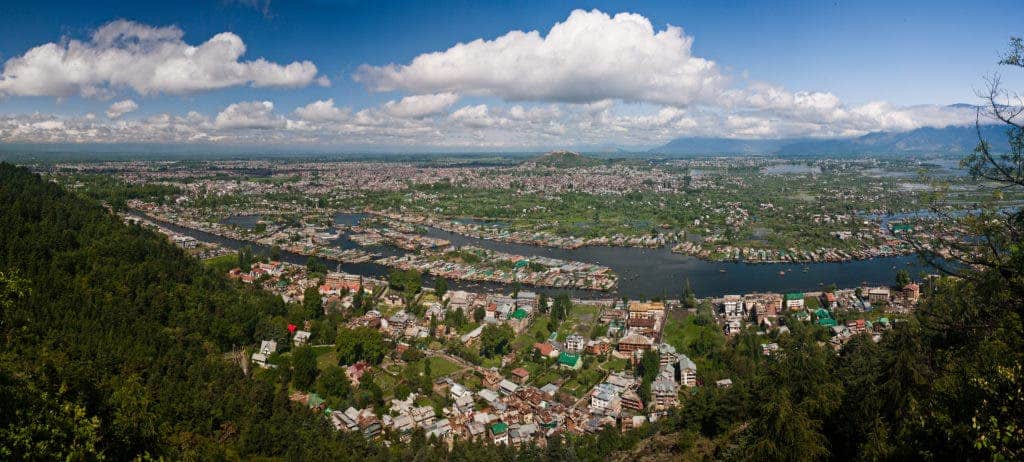
In 1947, Kashmir’s population was 77% Muslim and 20% Hindu — but it was led by the Hindu Maharaja Hari Singh. He was given the possibility of joining one country or the other, but he decided to remain independent, fearing that joining India would upset the Muslims, and joining Pakistan would upset the Hindu and the Sikh.
Over the next few years, a large number of Muslims were massacred by extremist Hindu and Sikh groups while Kashmir was considering whether to join India or Pakistan. Pakistan started fueling guerilla groups and even open warfare, and India retaliated. American historian Burton Stein, who focused on the history of India, summed the situation thusly:
“Kashmir was neither as large nor as old an independent state as Hyderabad; it had been created rather off-handedly by the British after the first defeat of the Sikhs in 1846, as a reward to a former official who had sided with the British. The Himalayan kingdom was connected to India through a district of the Punjab, but its population was 77 percent Muslim and it shared a boundary with Pakistan. Hence, it was anticipated that the maharaja would accede to Pakistan when the British paramountcy ended on 14–15 August. When he hesitated to do this, Pakistan launched a guerrilla onslaught meant to frighten its ruler into submission.”
Ultimately, a cease-fire was agreed upon under UN auspices, with a referendum being planned to let Kashmir decide which country they wanted to join. But the referendum never came. The local rulership didn’t manage to clear things out, and as relations between India and Pakistan soured, it became clearer and clearer that Kashmir will not be settled anytime soon.
Two wars were fought in Kashmir, in 1965 and 1999. In 1999, Pakistan infiltrated soldiers disguised as Kashmiri militants into positions on the Indian side of Kashmir and pushed for violence. They then denied involvement and placed the blame solely on Kashmir militants, but documents left behind by casualties and later statements by Pakistan’s Prime Minister and Chief of Army Staff showed involvement of Pakistani paramilitary forces. This blueprint was repeated several times.
To make matters even more complicated, China never accepted the agreements regarding Kashmir’s northern border and has also claimed a part of the area.
The current Kashmir situation
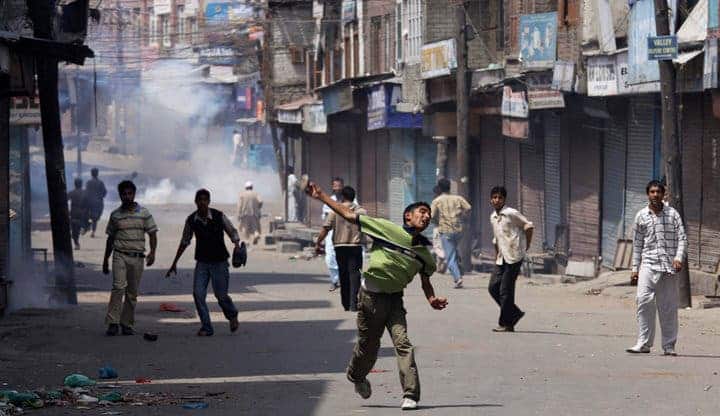
Currently, Pakistan controls the northwest portion, India controls the central and southern portion and the People’s Republic of China controls the northeastern portion. Kashmir has become a heavily militarised zone, becoming one of the prime examples of mountainous warfare in the world.
The United Nations has blamed Indian soldiers for committing numerous human rights violations there, including firing on protesters and denying due process to people arrested. Meanwhile, Pakistan is blamed for its role in the violence in Kashmir, especially for providing material support to Kashmiri militants — something which Pakistan vehemently denies.
Yet for all of Pakistan’s involvement in insurgencies, uprisings, and independence movements, there is a genuine independence movement within Kashmir. An entire generation grew up during the so-called 30-year insurgency — they are deeply alienated from India and view it as an occupying power. However, neither India, Pakistan, or China are interested in giving up the areas they control.
The Indian government has written off these grievances as part of a territorial border group, ignoring the legitimate woes of the people in Kashmir. As a result, militant groups in the region tap into this discontent, recruiting young people to use violence in their quest for Kashmir’s freedom.
As a result, conflict is always brewing in Kashmir and tensions go up and down, occasionally escalating into open violence, as was the case recently. Kashmir is one of the world’s longest-running conflicts.
Recent conflict in Kashmir
The direct cause for this latest episode of violence was a suicide bombing which killed 40 Indian Central Reserve Police Force members. Pakistan-based militant group Jaish-e-Mohammed claimed responsibility, while Pakistan denied all involvement — although in all truth, they have little credibility left.
In retaliation, India carried out airstrikes in Pakistan for the first time since 1971. Outbreaks of violence escalated with India and Pakistan exchanging fire in Kashmir. Ten Indian soldiers were injured while four Pakistani civilians were killed in the shelling. Pakistan captured on Indian pilot, which was subsequently released as a “gesture of peace.” While armed conflict has simmered down, tensions are still high, and it’s unclear what the consequences will be.
Kashmir itself is not a homogenous region with a singular voice. There are five regions of Kashmir and numerous political organizations — and there are many sides to this conflict. If there is any chance of peace in the region, this would require both India and Pakistan to give up their political aspirations and try to reconcile the multiple — and often conflicting — aspirations of the diverse peoples of this region.
Given India’s and Pakistan nationalistic ambitions, this seems unlikely. India’s prime minister, Narendra Modi, will be running for re-election in May, and Kashmir is a hot agenda to pick up votes. Meanwhile, Pakistan’s new prime minister, Imran Khan, was elected with the backing of the country’s powerful military and is eager to show that his country can stand up to India.
There are also external forces at work. China has recently become a strong ally of Pakistan, while the US relations with Pakistan have soured substantially. Recent political actions show that the US is much more likely to support India, which it sees as a roadblock to China’s Asian domination.
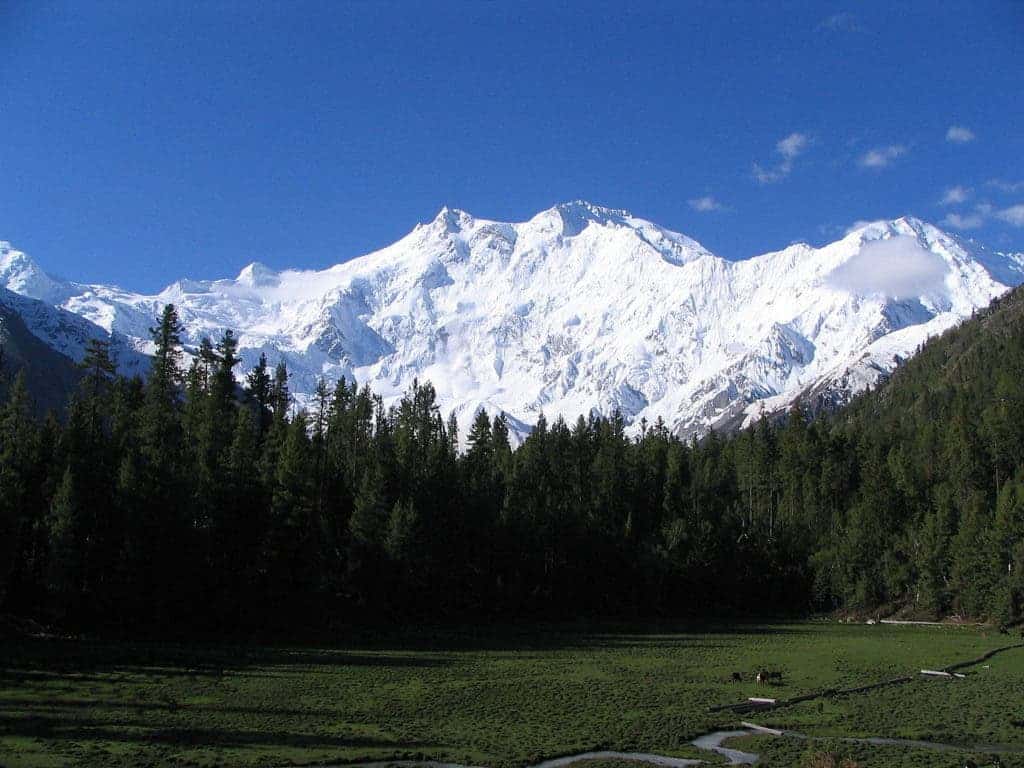
Nanga Parbat, the ninth-highest mountain on Earth, is the “western anchor” of the Himalayas and most commonly, its ascent is done from Kashmir. Nanga Parbat is widely regarded as the most dangerous peak to climb, often called the Killer Mountain. Climbing it requires excellent preparation, a solid team, and a bit of luck to ensure that nothing unexpected goes wrong — otherwise, the odds are strongly stacked against you.
Likewise, the efforts required to solve the Kashmir conflict need to be concentrated and well-prepared. Considering Kashmir’s tragic history of conflict, the lack of cooperation between the two countries, and the external interests at work, the situation is unlikely to be settled anytime soon — but having two nuclear powers at each other’s throat is a clear recipe for disaster.


